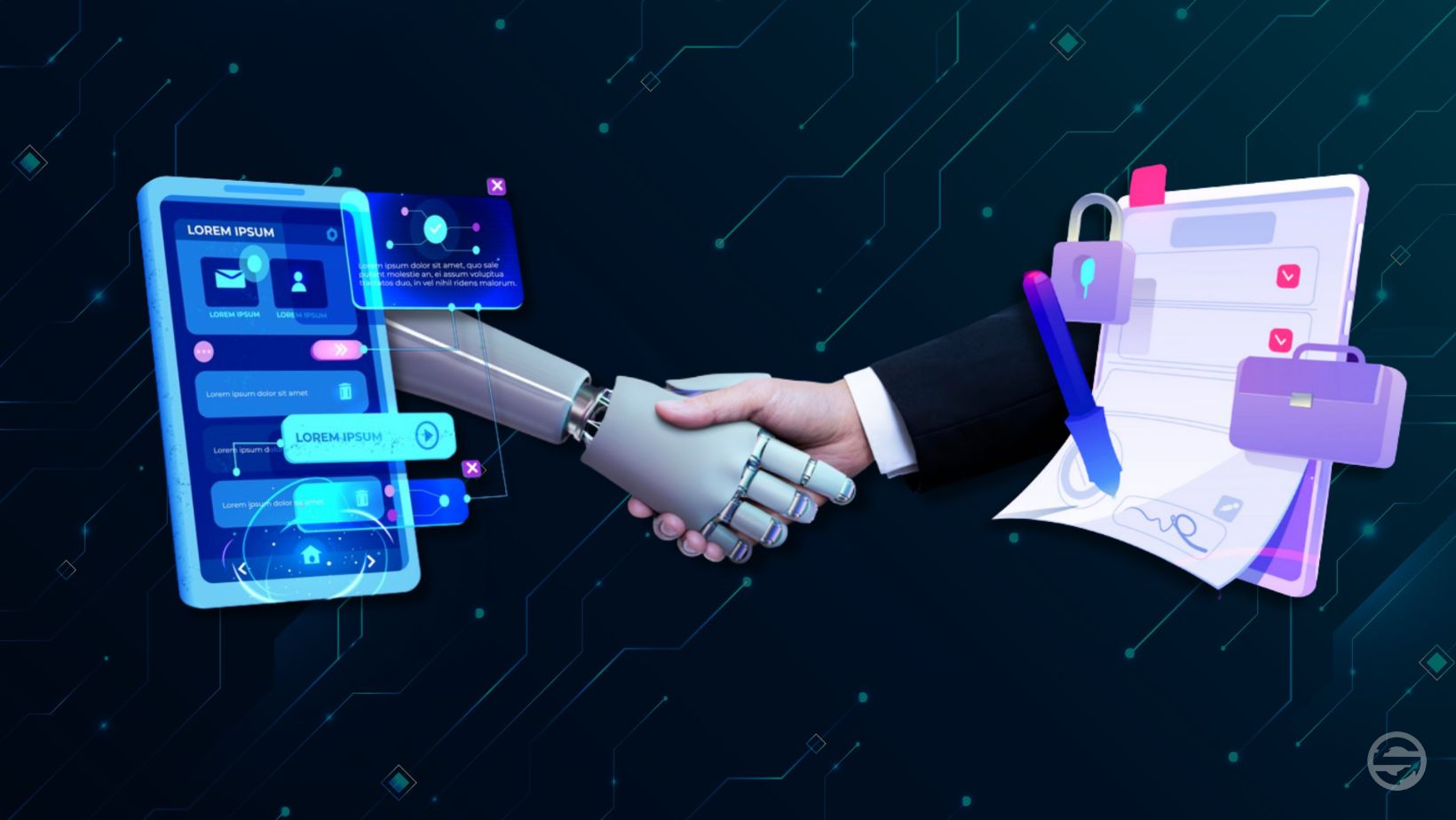
Table of contents
Introduction
Smart contracts were theorized as early as 1996 by scientist and cryptographer Nick Szabo, but it was with the advent of the Ethereum blockchain in 2013 that their potential was truly realized. Smart contracts are autonomous computer programs that are automatically executed when all previously defined conditions are met. Their operation is based on the blockchain, a decentralized and secure information storage and transmission technology.
What are smart contracts?
Smart contracts allow the exchange of all kinds of assets without the need for intermediaries, such as lawyers, notaries or financial agents. They offer the possibility to automate transactions that previously required human intervention, thus allowing faster and less expensive exchanges.
Example of use of smart contracts
A concrete example of the use of smart contracts is in the insurance sector. When an individual takes out an insurance policy that provides for compensation in the event of a plane delay, he or she normally has to provide a series of supporting documents to the insurer in order to receive this compensation. However, thanks to the use of smart contracts and the computer coding previously written inside them, when a plane is late, the insurer can automatically send the money to the insured without the need for any declaration on his part.
Smart contracts can also be used in many other sectors, such as real estate, logistics, energy or health. They can be used to guarantee payments, certify the authenticity of products or documents, or automate contract management processes.
Choosing the Right Virtual Machine for Smart Contract Deployment: EVM vs. QVM
- Smart contracts can be deployed on different virtual machines, each with its own set of advantages and disadvantages. The Ethereum Virtual Machine (EVM) is currently the most widely used virtual machine for smart contract development and deployment on the Ethereum blockchain. It provides a secure and standardized environment for executing smart contracts written in Ethereum's Solidity programming language. However, other virtual machines, such as the Quantum Virtual Machine (QVM), offer different capabilities and features. Unlike the EVM, the QVM is a quantum virtual machine that can accept smart contracts developed using any programming language. This provides greater flexibility for developers, as they can choose the programming language that best suits their needs. However, the QVM is still in the early stages of development and has not yet been widely adopted for smart contract deployment. As smart contracts become more widespread and complex, it is likely that we will see the emergence of new virtual machines that offer even more advanced capabilities and features.

Limits and risks of smart contracts
However, it should be noted that smart contracts are not without risks and limitations. Their computer code can be vulnerable to security flaws, and programming errors can lead to malfunctions or significant financial losses. Moreover, their use cannot replace the need for clear legal rules and appropriate regulation to ensure the security and protection of users.
Conclusion
Smart contracts represent a major technological innovation, which opens up exciting prospects for decentralized and automated transactions. However, their use must be supervised and regulated to guarantee their reliability and security, and to avoid any risk of abuse or fraud.



 Blockchain
Blockchain 2023-03-24
2023-03-24
